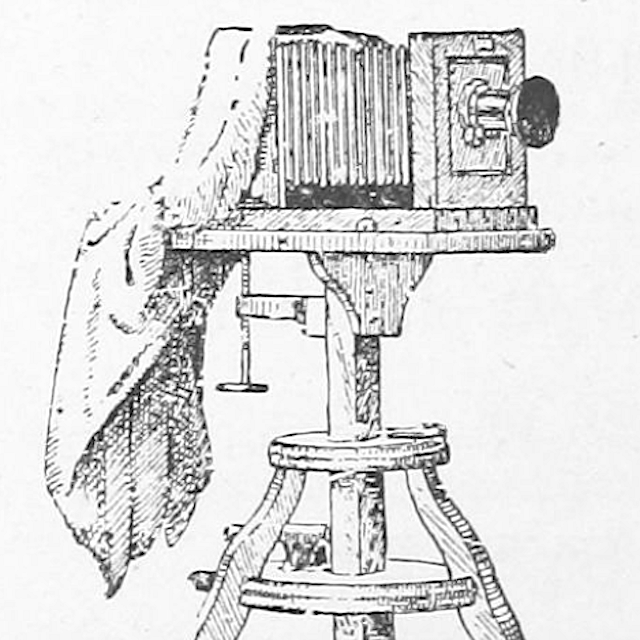Computer Vision for the Humanities: An Introduction to Deep Learning for Image Classification (Part 1)

Over the last ten years, the field of computer vision, which seeks to gain a high-level understanding of images using computational techniques, has seen rapid innovation. For example, computer vision models can locate and identify people, animals and thousands of objects included in images with high accuracy. This technological advancement promises to do the same for image recognition that the combination of OCR/NLP techniques has done for texts. Put simply, computer vision opens up a part of the digital archive for large-scale analysis that has remained mostly unexplored: the millions of images in digitised books, newspapers, periodicals, and historical documents. Consequently, historians will now be able to explore the ‘visual side of the digital turn in historical research’.
This two-part lesson provides examples of how computer vision techniques can be applied to analyse large historical visual corpora in new ways and how to train custom computer vision models. As well as identifying the contents of images and classifying them according to category — two tasks which focus on visual features — computer vision techniques can also be used to chart the stylistic (dis)similarities between images.
Reviewed by:
- Michael Black
- Catherine DeRose
Learning outcomes
After completing this lesson, you will be able to:
- Know what steps are needed to train a deep learning model
- Understand some of the specific considerations around using deep learning and computer vision for humanities research
Check out this lesson on Programming Historian's website
Go to this resource